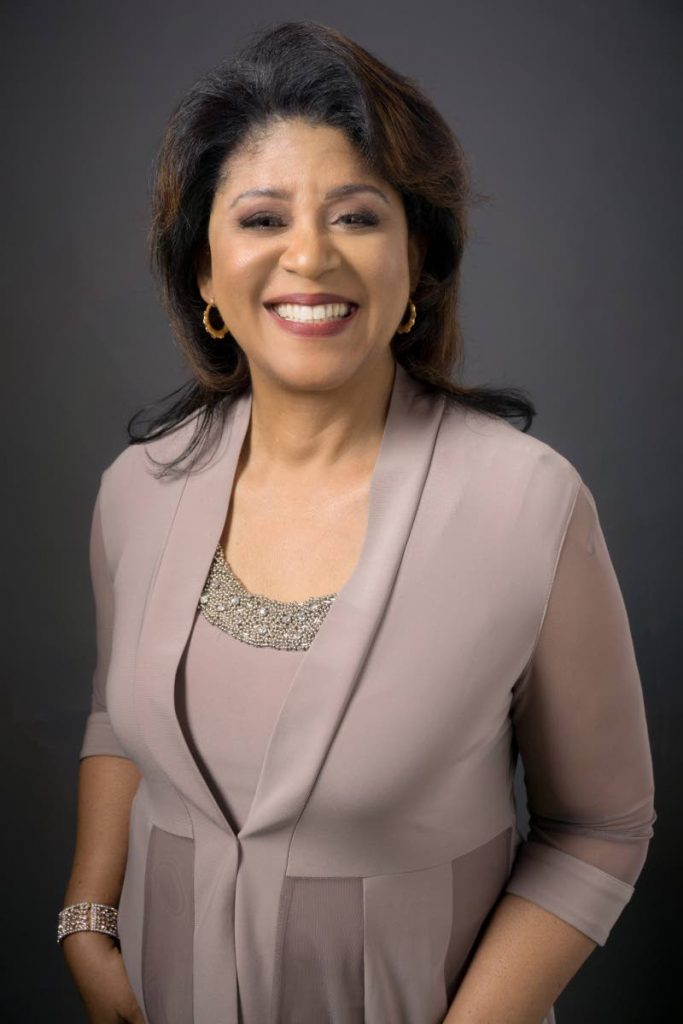Suicide Prevention Day: Creating hope through action

DR MARGARET NAKHID-CHATOOR
ON SEPTEMBER 10 every year, World Suicide Prevention Day provides the opportunity for people across the globe to raise awareness of suicide and suicide prevention. According to the IASP – International Association for Suicide Prevention – this year’s theme and for the next two years is “Creating Hope Through Action.” It is a reminder to all of us that there is an alternative to suicide and that our actions, no matter how big or small, may provide hope to those who are struggling. The global aim within this three-year theme is to “create a social movement of preventative action” that would require the involvement of everyone.
There are three particular groups that play a role of key importance:
* Those with lived experience of suicide; that is, those people who may have lost a loved one to suicide or have experienced suicidal thoughts themselves.
* Our civic leaders; people within our own societies who play a role, whether it be in schools, hospitals, governments or communities, who may be able to influence the way societies understand and support those at risk of suicide.
* Civil society – all of us (IASP, 2021).
I will state this again and again. Suicide does not happen randomly. Death by suicide happens when pain exceeds one’s resources for coping with the pain. In many instances, most people want to find some alternative to suicide, and suicidal thoughts, feelings and behaviours are based on important needs that are perceived as not being addressed.
Individuals who take their own life, who die by suicide, have often been struggling with serious problems such as depression, social distress and unemployment, alcoholism and other forms of abuse. Taking one’s life is not the way to deal with a challenge but in most instances the people who do so are not thinking clearly or rationally. This death can affect the family of the deceased for the rest of their lives and some family members may blame themselves for ignoring the red flags.
Children and adolescents
At the IASP’s World Congress this month, there is a focus on children and adolescents, as there has been an increase in suicidal deaths among this age group globally. In Trinidad this year, the youngest person to die was a nine-year-old boy who took his life by hanging.
Every week in this country, two-three people take their lives and 20 more people are thinking of doing so. Isolation, boredom and loneliness have increased mental illness for teenagers with pre-existing mental health disorders and for children who are exposed to cyberbullying and adverse online schooling experiences.
Parents and caregivers, please watch out for warning signs of prolonged sadness, depression, irritability, anger and talk of suicide ideation (wanting to die/wishing life was over). It is necessary for young people to maintain connections with loved ones who would let them know that they care about them and support them. Do not trivialise these warning signs as looking for attention.
Preventing suicide is often possible. The factors and causes that lead to suicide are complex and no single approach works for everyone. There are certain factors and life events that may make someone more vulnerable to suicide, and mental health conditions such as anxiety and depression can also be contributing factors. By creating hope through action, we can signal to people experiencing suicidal thoughts that there is hope and that we care and want to support them (IASP 2021).
Most people – children and teenagers also – who are in a “dark place” sometimes just need a listening ear to tell someone of their experiences and thoughts – no judgment, no solutions or a quick fix to their challenges. They need to feel connected to others who can motivate them and inspire them to hope and to believe in themselves.
In our own small way, let us be a beacon of hope, a pillar of support and a guiding light to others. You can be the light for someone. Let this be our motto as we help others along: Each one must reach one!
On September 10, join with the TTAP (TT Association of Psychologists) and many other organisations across the world that are playing their part in the prevention of suicide by doing any of the following:
Post social media affirmations and messages of hope. Light a candle at 6 pm or toot your horn if you are driving. Write article to newspapers to raise awareness and decrease the stigma of mental illness.
Remember, Each one must reach one! Take care. Be safe.
Dr Margaret Nakhid-Chatoor is a psychologist/educator and immediate past president of TTAP


Comments
"Suicide Prevention Day: Creating hope through action"